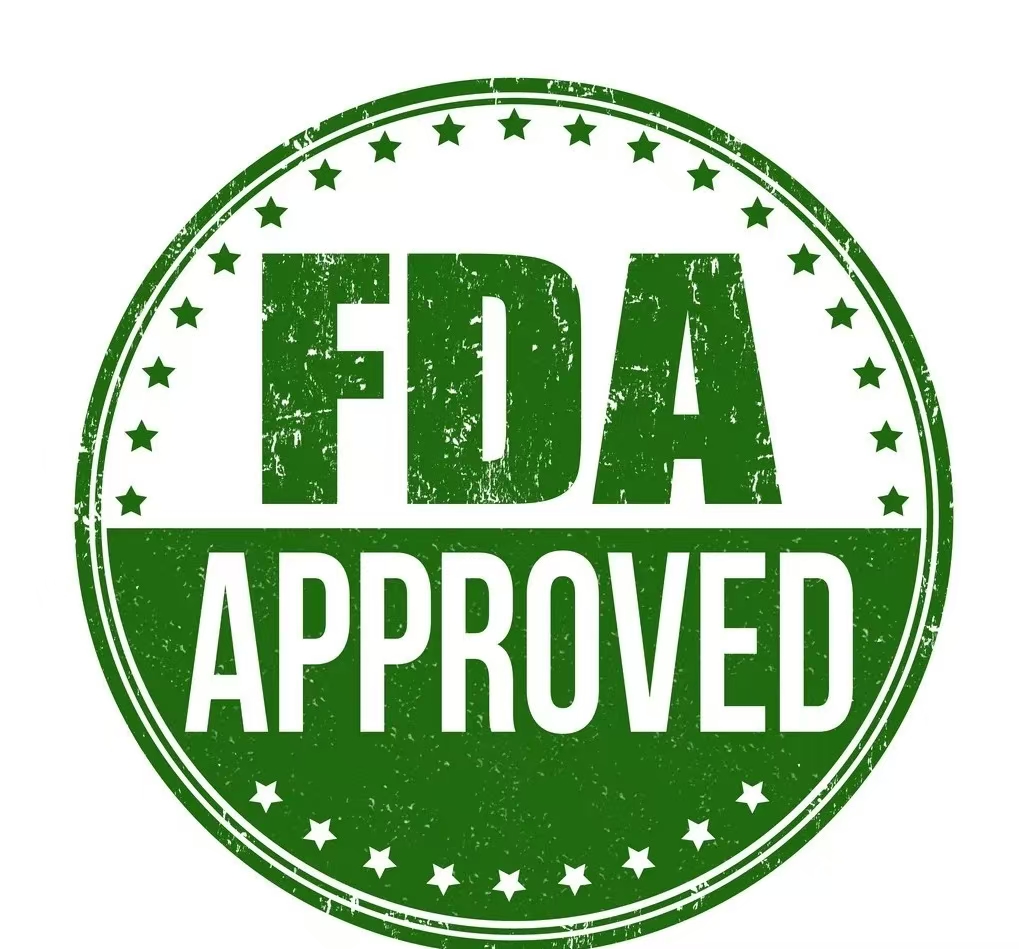
In the previous article, we discussed the classification of medical devices by the FDA. Now, let’s discuss how to go about FDA product registration. FDA product registration is a complex and important process that must be followed strictly to ensure that medical devices comply with regulatory standards and can be legally marketed and used in the United States.
Step 1: Choose the correct submission pathway
Once the device classification is determined, the appropriate premarket submission pathway must be selected.
Common premarket submission types include:
- 510(k) (Premarket Notification)
- PMA (Premarket Approval)
- De Novo (Evaluation of automatic III class designation)
- HDE (Humanitarian Device Exemption)
Some class I and most class II devices require a 510(k) submission for classification. According to CFR TITLE 21 Parts 862-892, most medical devices can be classified based on this coding;
- Select a US Agent;
- Registration preparation. Class I products can be directly registered and listed; Class II products require preparation of a 510(k) file;
- Submit the 510(k) file to the FDA for review;
- Carry out factory registration and product listing.
During the 510(k) submission process, the applicant must demonstrate that the new device is substantially equivalent to a predicate device in terms of intended use, technological characteristics, and performance testing. Some class I and II devices may be exempt from the 510(k) requirement if they fall within the exemption range described in 21 CFR 862-892.9. These exemptions are listed in the classification rules of 21 CFR and are also compiled in the Medical Device Exemption File.
Most class III devices require a PMA submission. PMA is a higher level of premarket submission that requires applicants to provide valid scientific evidence to demonstrate the safety and effectiveness of the device for its intended use before FDA approval.
De Novo provides a pathway for new devices without a valid predicate to be classified as class I or II if they meet specific criteria.
HDE provides a regulatory pathway for class III devices that are intended to benefit patients with rare diseases or conditions. To qualify as a humanitarian use device, the applicant must obtain a designation for Humanitarian Use Device (HUD) by submitting an application to the FDA’s Office of Orphan Products Development (OOPD).
Step 2: Prepare the materials
After selecting the correct premarket submission pathway, appropriate materials required for that submission type must be prepared. This section will introduce useful resources and considerations when preparing for premarket submissions. The FDA has developed resources to assist applicants in preparing premarket submissions, including:
Device Advice—comprehensive FDA web-based resources to assist with regulations
Preparing a 510(k), refer to: Premarket Notification 510(k)
Preparing a PMA, refer to: Premarket Approval (PMA)
CDRH Learn—video-based educational modules, workshops, and recorded webinars covering various policies and guidance on the FDA.
CDRH Pre-Submission Program—future premarket submission applications may require the FDA to provide feedback through this program
Information to consider when preparing for premarket submission:
Design Controls: All class II and III devices must be designed according to the requirements of design controls in a quality management system (21 CFR 820.30). Some class I devices may be exempt from design controls.
Non-clinical Testing: The required testing and type of information for device approval is based on the device’s classification, mode of action, technological characteristics, and labeling. Non-clinical testing conducted for medical device approval must comply with Good Laboratory Practices (GLPs) as outlined in 21 CFR 58.
Clinical Evidence: PMAs, HDEs, and some 510(k)s and De Novos require clinical evidence. Applicants must obtain FDA approval for an Investigational Device Exemption (IDE) before starting early clinical studies. This study must also be approved by an Institutional Review Board (IRB). Clinical studies must comply with all applicable IDE regulations and GLPs.
Labeling: Device labeling must be written in accordance with labeling regulations and must be included in the premarket submission materials.
Step 3: Submit the materials
Submit to the FDA and maintain communication with FDA staff during the review process.
User Fees: A certain user fee is required for 510(k) or PMA submissi
Electronic Copy (eCopy): Prior to market submission, it is required to include an electronic copy in the form of a compact disc (CD), digital video disc (DVD), or flash drive.
Administrative filing review: After receiving the pre-market submission, the FDA conducts an administrative review to assess if the submission is complete enough to proceed to substantive review.
Interactive Review: During the review process, the FDA maintains communication with the applicant to enhance efficiency.
Step 4: Completion of Registration
Medical devices must be registered with the FDA under the manufacturing company’s name and the device must be listed. If a device requires premarket clearance or premarket approval before market entry, the manufacturer must wait until it obtains FDA clearance or approval before registering and listing the device. Registration of the company, assignment of a registration number, or listing of a medical device does not imply FDA clearance or approval of the company or its products.
By following the correct procedures for FDA product registration, it ensures that medical devices can legally be sold and used in the U.S. market, providing patients with safe and reliable healthcare products. The rigor and transparency of FDA product registration help maintain order in the medical device market and public health safety.


